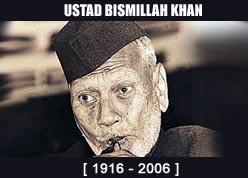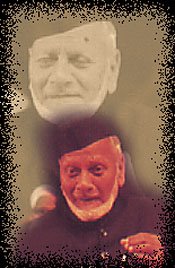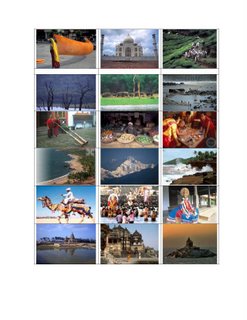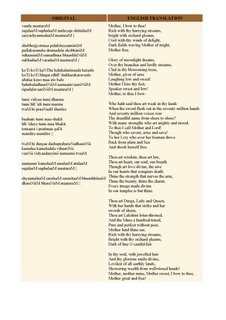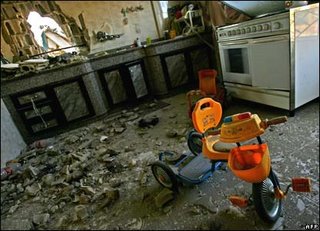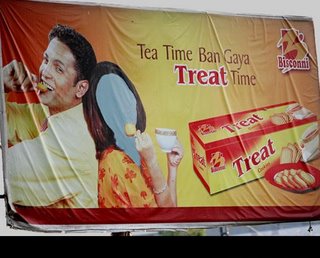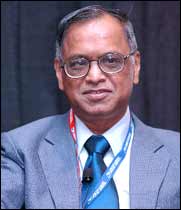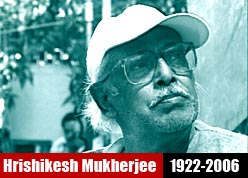 Hrishida is no more! By no means was he the typical glamorous Bollywood director, yet Hrishikesh Mukherjee was one of the most popular and beloved filmmakers in Indian cinema. His biggest assest lay in weaving a cinematic magic through simplicity and warmth of characters and their settings without relying much on glamor or largeness so often associated with Indian cinema.
Hrishida is no more! By no means was he the typical glamorous Bollywood director, yet Hrishikesh Mukherjee was one of the most popular and beloved filmmakers in Indian cinema. His biggest assest lay in weaving a cinematic magic through simplicity and warmth of characters and their settings without relying much on glamor or largeness so often associated with Indian cinema. He began his career in 1951 as an editor and assistant director to legendary Bimal Roy, participating in the landmark Roy films Do Bigha Zameen and Devdas. Though his first directorial venture, Musafir (1957), was a disaster, but producer-director Raj Kapoor was so impressed by his talent that he strongly recommended Hrishida as director for Anari (1959). Starring Kapoor himself and Nutan, the film was a critical and commercial success.
1960 saw his next film, Anuradha, which got him the President's Medal Award. But the decade of 60s was not a succesful one for Hrishida and his films were not particularly distinguishable, barring Asli-Naqli (1962), Anupama (1966), Aashirwad (1968), and Satyakam (1969).
Then came 1970 and that year saw Hrishida's masterpiece Anand, one of the best movies ever made in Bollywood. This classic film saw scintillating performances by Rajesh Khanna, then a superstar, and Amitabh Bachchan, then a little known aspiring actor. The music by Salil Chowdhary was soul-stirring, the songs unforgettable..... "zindagi kaisi hai paheli....."; "kahin dur jab din dhal jaye...."; "maine tere liye hee saat rang ke sapne.....". Anand was dedicated to Raj Kapoor, whose joie de vivre had inspired the central charatcer.
It was an auspicious beginning of the 1970s, for that time proved to be an exceptionally good time for Hrishida as he gave the popular and excellent films like Guddi (1971), considered as Jaya Bhaduri's debut film; Abhimaan (1973), that saw the Bachchans' greatest ever performance together; and Chupke Chupke (1975), a comedy par excellence. These films gave an extremely skilled and detailed look at the middle-class mentality. Very few Bollywood writers and directors have touched the inner chord with the Indian middle class the same way Hrishida did.
Hrishida was a profilic director and writer. Few other gems to have emerged out of his oeuvre include: Bawarchi; Golmaal; Naram Garam; Namak Haraam; Bemisaal; Sadma; Jhoot Bole Kauwa Kaate.
Hrishi Da's Quotes:
"It's more difficult to portray simple emotions on screen than complex ones. And that's why I try to delve more into such themes."
"I try to make my films like sugarcoated messages, but the sugar should not exceed the medicine."



